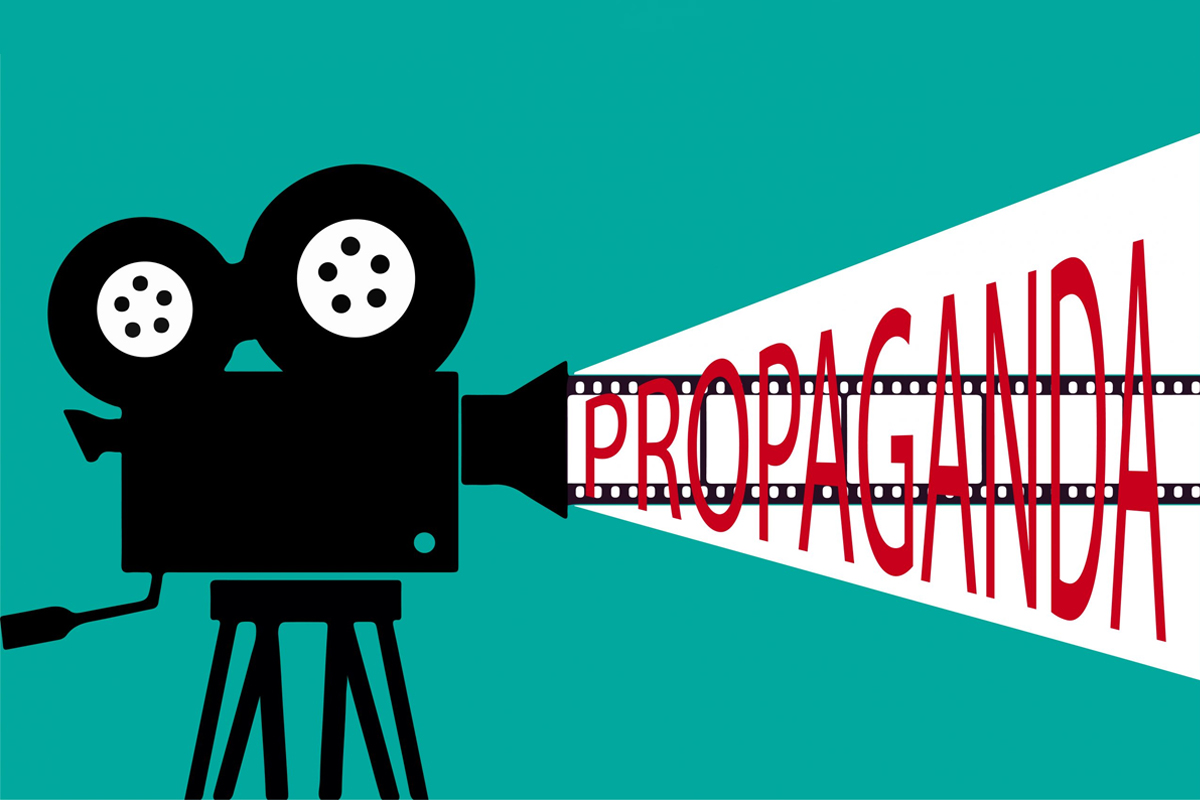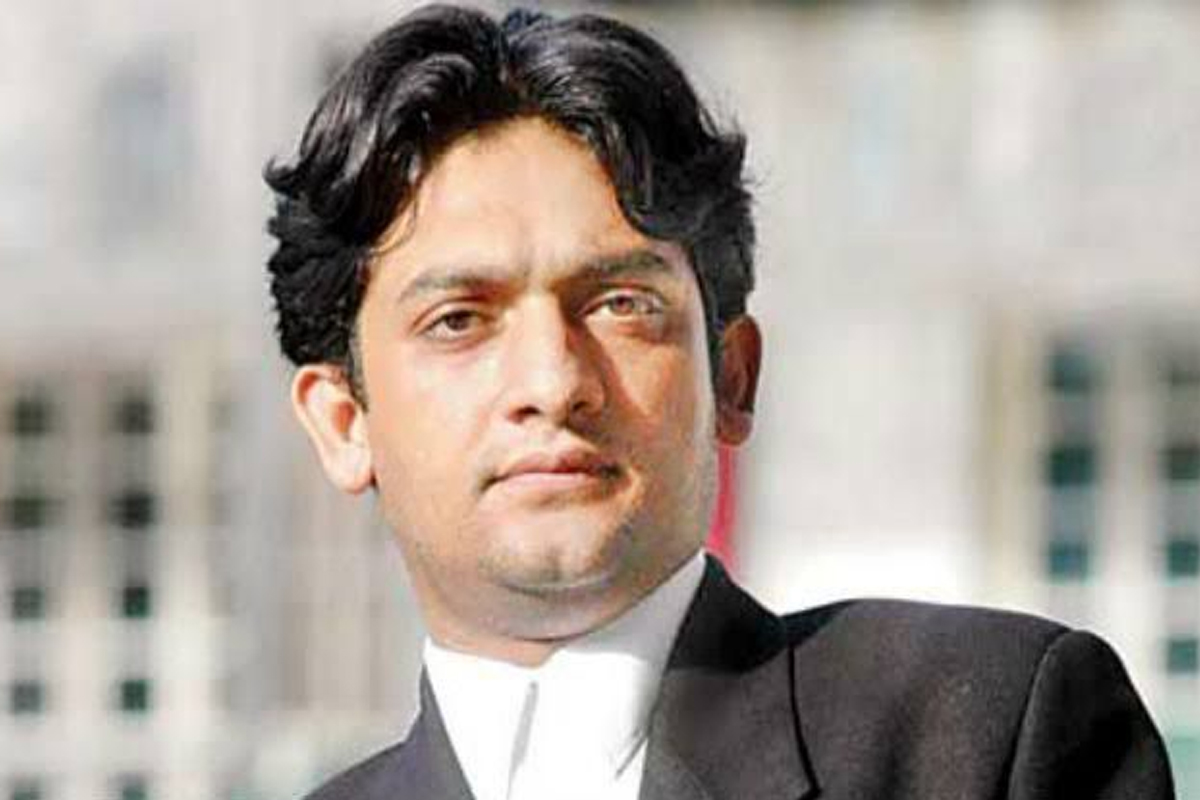In contemporary times, political campaigns often employ propaganda techniques. “The War Room” provided a behind-the-scenes look at Bill Clinton’s presidential campaign, while “Fahrenheit 9/11” criticized the Bush administration. “The Great Hack” explored the use of data and social media in political campaigns.
These examples demonstrate how propaganda has been used throughout history and across different contexts to manipulate, persuade, and shape public opinion.
Our hypothesis suggests that the propaganda targeting Muslim minorities in India shares similarities with the propaganda employed by the Nazis during World War II. This propaganda is disseminated through various channels, including media, social media, movies, and other forms of entertainment and information tools. The evidence supporting this hypothesis includes the portrayal of negative stereotypes, manipulation of emotions, and the targeted propaganda against minority communities seen in both the Nazi propaganda film “The Eternal Jew” and the ongoing everyday propaganda against minority groups in India. By examining this particular propaganda movie and the broader context of targeted messaging, the hypothesis aims to explore potential parallels and influences between the two, shedding light on the propaganda techniques used against minorities in contemporary Indian society.
“The Eternal Jew” was a film produced by the Nazi regime under the direction of Joseph Goebbels, who recognized the significant role of film in shaping public opinion. The purpose of the film was to promote violent antisemitism as a response to other films that portrayed Jews as historical victims of persecution, such as “Jew Süss,” “The House of Rothschild,” and “The Wandering Jew.” Goebbels aimed to convey a contrasting message through his films. In 1937, an art exhibition titled “Der ewige Jude” and a book containing derogatory captions further disseminated the Nazi propaganda against Jews.
In response to the mixed reactions to antisemitic attacks in the German media, Goebbels initiated a campaign to more effectively promote the Nazis’ antisemitic views to the German populace. As part of this campaign, he instructed each film studio to produce an antisemitic film. While Hitler preferred straightforward films like “The Eternal Jew” that openly presented the Nazi agenda, Goebbels preferred a subtler approach. Films like “Jud Süß” incorporated antisemitic messages within engaging stories, appealing to a wider audience.
In “The Eternal Jew,” Jews are depicted in a derogatory and dehumanizing manner, aiming to portray them as uncivilized and parasitic individuals who exploit European society. The film highlights scenes from Polish ghettos, presenting Jews as socially inferior and unclean. By drawing an analogy between Jews and rats, the film insinuates that Jews spread disease and corruption. It further suggests that Jews rely on others for their needs. Ultimately, the film portrays Jews as a growing and dangerous threat that must be controlled, arguing that the civilized facade of European Jews masks a more sinister form of parasitic exploitation.
Similarly, in India, various media outlets, entertainment tools, and social media platforms have been employed to propagate similar propaganda against Muslims. Negative stereotypes are disseminated, portraying Muslims as a societal menace and fostering division and animosity toward the Muslim community. Biased narratives are amplified and circulated, contributing to the marginalization and discrimination Muslims face. Portraying Muslims as a homogeneous group associated with terrorism, intolerance, or backwardness is a common theme in movies, television shows, and online content. Such propaganda aims to manipulate public opinion, reinforce existing biases, and perpetuate discriminatory attitudes against Muslims in Indian society.
“The Eternal Jew” depicts Jews as manipulative individuals who can change their outward appearances to deceive others. It suggests that even though they may appear assimilated, Jews remain foreign elements in society. The film also attributes economic power to Jews, accusing them of terrorizing world markets, opinion, and politics while blaming them for Germany’s economic problems.
In India, Muslims have frequently been subjected to accusations of being untrustworthy, seditious, anti-national, and held responsible for a range of social and economic problems. Muslim organizations are more susceptible to being banned on contentious charges, and Muslims are unjustly blamed for fabricated concepts such as “love jihad,” “population jihad,” and others. Additionally, during the COVID-19 pandemic, Muslims and their gatherings were wrongly accused of spreading the virus, further perpetuating discriminatory narratives. It is now widely propagated that Muslims can never be a part of Indian society and culture. The cultural diversity in India is now being reduced to the ruins of the past.
“The Eternal Jew” portrays Jews as abnormal and depraved, claiming they have corrupted Aryan/European culture. It includes footage of notable Jewish figures, falsely linking them to “international Jewry” and portraying Jewish actors as involved in pornography. The film distorts scenes from “The House of Rothschild” to depict Jews as deceitful in financial matters. The narrator asserts that Jews are instinctively interested in the abnormal and depraved. A scene from another film is used to suggest that Jews transmit inheritable criminality. This propaganda supported Hitler’s belief that Jews deserved to die.
In India, Muslims are frequently subjected to similar accusations, such as being blamed for corrupting or destroying Indian culture, having international links, and conspiring against the nation. They are often portrayed as inherently bad or “mlekshy” (a derogatory term), which is now openly expressed. The image of prominent Muslim personalities, such as kings, leaders, freedom fighters, scholars, and celebrities is under continuous attack.
The film depicts a scene of Jewish religious practice involving the slaughter of animals according to kosher (Jewish religious) laws. The purpose of including this scene was to highlight what the filmmakers believed to be the cruelty of the Schächtmethode (ritual slaughter) and to associate it with the supposed brutality of the Jewish race disguised as religious worship.
On the other hand, is the deliberate distortion and misrepresentation of Muslim religious practices in our times. Stereotypes and misinformation are spread to vilify and dehumanize Muslims. Their religious rituals and festivals, such as halal slaughter, Eid-ulAdha, circumcision, etc. are misrepresented and used as fodder for propaganda, depicting them as inherently cruel and barbaric.
The consequences of “The Eternal Jew” were deeply harmful and contributed to the spread of anti-semitism, the implementation of discriminatory policies, and the ultimate genocide of millions of Jewish people during the Holocaust.
The propaganda and hate campaign against Muslims in India too has real-world consequences. It fuels discrimination, marginalization, and violence against the Muslim community. Muslims often face discrimination in employment, housing, education, and various other aspects of life. They are targeted with systematic marginalization, ghettoization, hate speech, physical attacks, and even mob violence.
Although the consequences of propaganda and propaganda movies targeted against specific groups can vary depending on various factors, including the historical and social context in which they are released, some general consequences can be as follows:
It is important to recognize the power and influence of propaganda movies and their potential to shape public opinion. Countering propaganda requires collective efforts. Education, media literacy, and inclusive storytelling are all integral components. To address the negative effects on targeted groups and create a more harmonious and fair society, it is essential to actively counter propaganda and promote empathy, understanding, and inclusivity.




